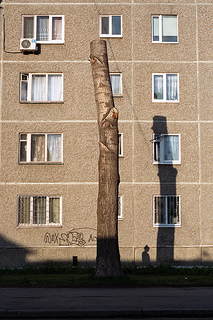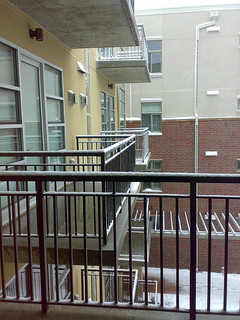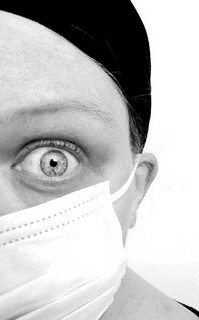Ask a group of people and usually at least one can share a horror story about housing, often centered on an awful roommate who was loud, never paid rent on time, or refused to lift a finger when it came to keeping the place clean. Some might also share a story about a troublesome landlord, but very few would rise to the level of a San Francisco couple who made national headlines and were dubbed “landlords from hell.” Like driving by an accident scene, the nation and our local community can’t look away from this story. At the Brod Firm, our San Francisco tenant’s law firm is horrified by this story and our team wants to remind readers that there is legal recourse for tenants facing bad landlords, including circumstances much less severe than those in this story.
Landlords Use Reign of Terror to Try to Force Tenants Out
 A report in The San Francisco Chronicle announced a plea deal in the criminal case against husband and wife property owners who terrorized tenants in an effort to force them out of the South of Market property. In the course of this campaign lasting from 2005 to 2007, Kip and Nicole Macy rendered their property at 744-746 Clementina St. almost completely uninhabitable. A sampling of the Macy’s acts includes:
A report in The San Francisco Chronicle announced a plea deal in the criminal case against husband and wife property owners who terrorized tenants in an effort to force them out of the South of Market property. In the course of this campaign lasting from 2005 to 2007, Kip and Nicole Macy rendered their property at 744-746 Clementina St. almost completely uninhabitable. A sampling of the Macy’s acts includes:
 San Francisco Injury Lawyer Blog
San Francisco Injury Lawyer Blog


 The Basics: California Civil Code 1941.1
The Basics: California Civil Code 1941.1 There are some great landlords out there, but there are also some terrible ones. It is because of the latter that California law provides a number of specific protections for renters. This includes rights related to hazardous materials, rights that protect the health of California renters during their tenancy and for many years after. As a Northern California tenants’ law firm, The Brod Firm helps protect the right of renters to a safe, healthy home. In this post, we discuss four common forms of
There are some great landlords out there, but there are also some terrible ones. It is because of the latter that California law provides a number of specific protections for renters. This includes rights related to hazardous materials, rights that protect the health of California renters during their tenancy and for many years after. As a Northern California tenants’ law firm, The Brod Firm helps protect the right of renters to a safe, healthy home. In this post, we discuss four common forms of  Jury Awards Damages to Tenants Impacted by Secondhand Smoke
Jury Awards Damages to Tenants Impacted by Secondhand Smoke In an extreme example of mold in a rental apartment, a Sacramento woman found in December of 2012 that the mold was so bad in her apartment that mushrooms began to sprout from the carpet. According to Natalie Wise, the tenant, her apartment has experienced flooding six times in the two years she has resided at the apartment. The mold problem had been reported to the management at the complex and the carpet has been replaced several times. However, mold and the subsequent mushrooms have grown back each time. Additionally, Wise resides with her severely asthmatic 11-year-old son and claims that when she has reported problems of flooding, the manager has treated her with contempt.
In an extreme example of mold in a rental apartment, a Sacramento woman found in December of 2012 that the mold was so bad in her apartment that mushrooms began to sprout from the carpet. According to Natalie Wise, the tenant, her apartment has experienced flooding six times in the two years she has resided at the apartment. The mold problem had been reported to the management at the complex and the carpet has been replaced several times. However, mold and the subsequent mushrooms have grown back each time. Additionally, Wise resides with her severely asthmatic 11-year-old son and claims that when she has reported problems of flooding, the manager has treated her with contempt.  In 1979, the City of San Francisco was facing a housing crisis. The Board of Supervisors and the Mayor enacted the
In 1979, the City of San Francisco was facing a housing crisis. The Board of Supervisors and the Mayor enacted the